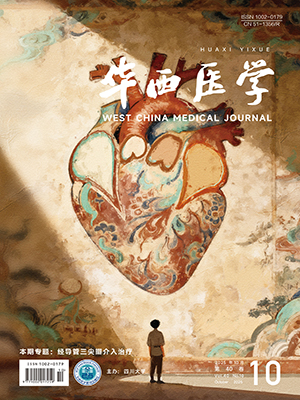There is a worldwide consensus that urgent action is needed to prevent and control multi-drug resistant organisms in health care settings, especially carbapenem-resistant Enterobacteriaceae (CRE), carbapenem-resistant Acinetobacter baumannii (CRAB) and carbapenem-resistant Pseudomonas aeruginosa (CRPsA). In 2017, to focus on this topic, World Health Organization organized experts worldwide to develop guidelines for the prevention and control of CRE, CRPsA and CRAB. In this paper, we introduced the background, development process, main measures, advantages and disadvantages of the guidelines to help infection prevention and control practitioners take actions properly based on the guidelines.
Citation: QIAO Fu, ZONG Zhiyong. Interpretation of Guidelines for the Prevention and Control of Carbapenem-resistant Enterobacteriaceae, Acinetobacter baumannii and Pseudomonas aeruginosa in Health Care Facilities. West China Medical Journal, 2018, 33(3): 259-263. doi: 10.7507/1002-0179.201803013 Copy
Copyright © the editorial department of West China Medical Journal of West China Medical Publisher. All rights reserved




